Heavens Eagle
Well-known member
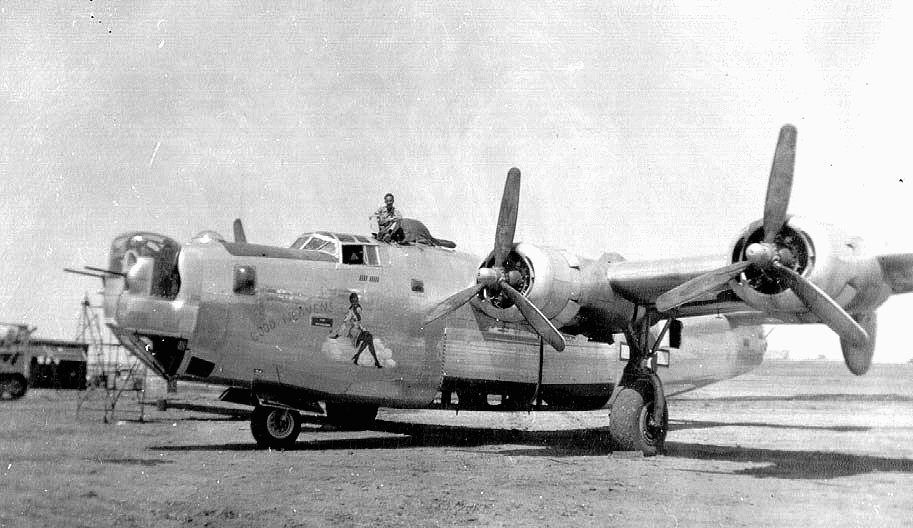
A Little History on the B-24
The Consolidated B-24 Liberator was a 4-engine, twin-tail heavy bomber designed by Consolidated Aircraft of San Diego. Its first flight of the XB-24 was on December 29, 1939, and it began service in 1941.
The B-24 was a more modern design than the Boeing B-17 Flying Fortress, with a higher top speed, greater range, higher ceiling, and a heavier bomb load. But the B-24 was more difficult to fly, with heavy control forces and poor formation-flying characteristics. The positioning of the fuel tanks also made the plane prone to fire. The high fuselage-mounted wings also made it more difficult to survive crash landings on land or water.
The B-24's spacious, slab-sided fuselage was built around a central bomb bay with two compartments that could accommodate up to 8,000 pounds of ordnance each. The B-24 provided excellent service in a variety of roles due to its large payload and long range. It was used by the British as a long range maritime sub hunter and had extensive deployment in the Pacific theater as well as the European.
A total of 18,493 Liberators were built, more than any other aircraft in World War II. Several factories produced the Liberator:
- The original Consolidated plant in San Diego
- A second Consolidated plant in Fort Worth
- Ford Motor Co. at Willow Run, Michigan
- North American Aviation in Dallas
- Douglas Aircraft Co. in Tulsa
Crew: 11 (pilot, co-pilot, navigator, bombardier, radio operator, nose turret, top turret, 2 waist gunners, ball turret, tail gunner)
Length: 67 ft 8 in
Wingspan: 110 ft 0 in
Height: 18 ft 0 in
Wing area: 1,048 ft²
Empty weight: 36,500 lb
Loaded weight: 55,000 lb
Max. takeoff weight: 65,000 lb
Powerplant: 4 × Pratt & Whitney R-1830-35 or -41 turbosupercharged radial engines, 1,200 hp each
Performance Maximum speed: 290 mph
Cruise speed: 215 mph
Range: 2,100 mi
Ferry range: 3,700 mi
Service ceiling: 28,000 ft
Rate of climb: 1,025 ft/min
Guns: 10 × .50 caliber M2 Browning machine guns in 4 turrets and two waist position
Bombs:
- Short range (˜400 mi): 8,000 lb
- Long range (˜800 mi): 5,000 lb
- Very long range (˜1,200 mi): 2,700 lb
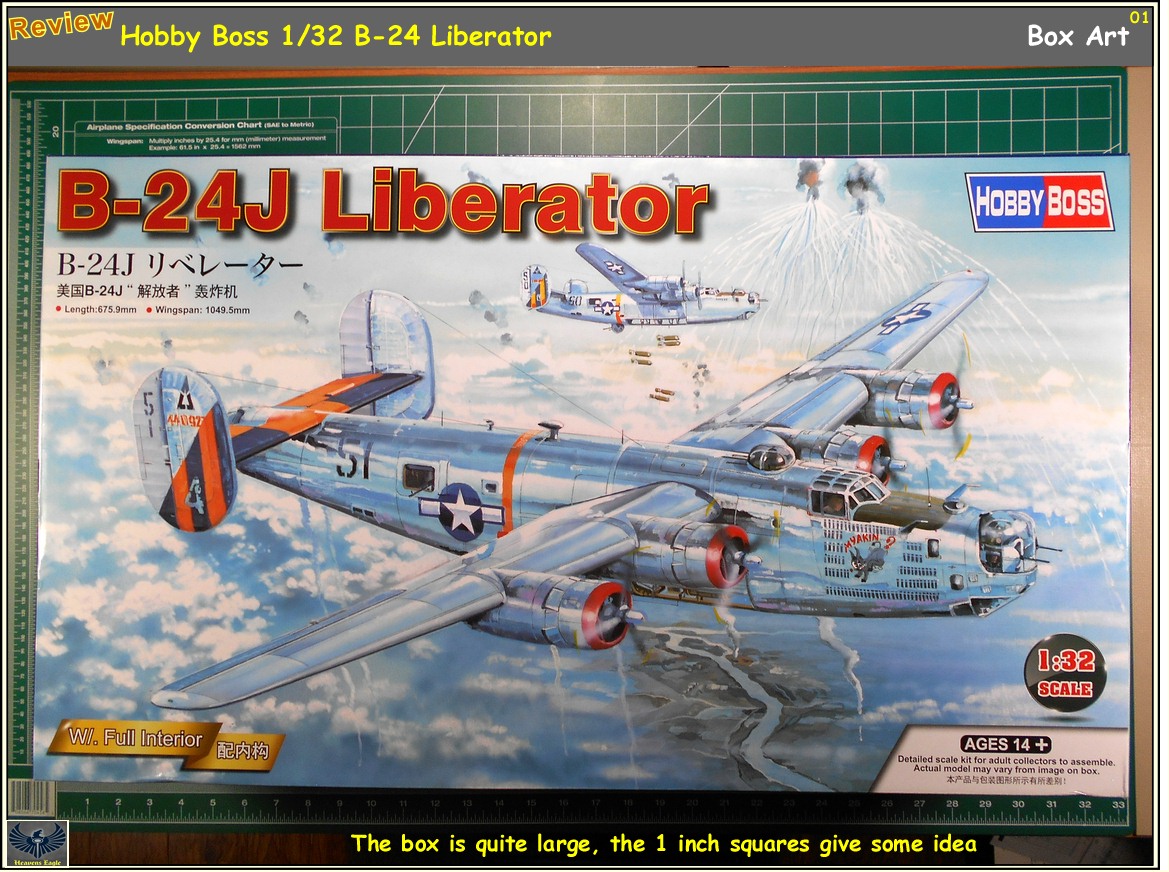
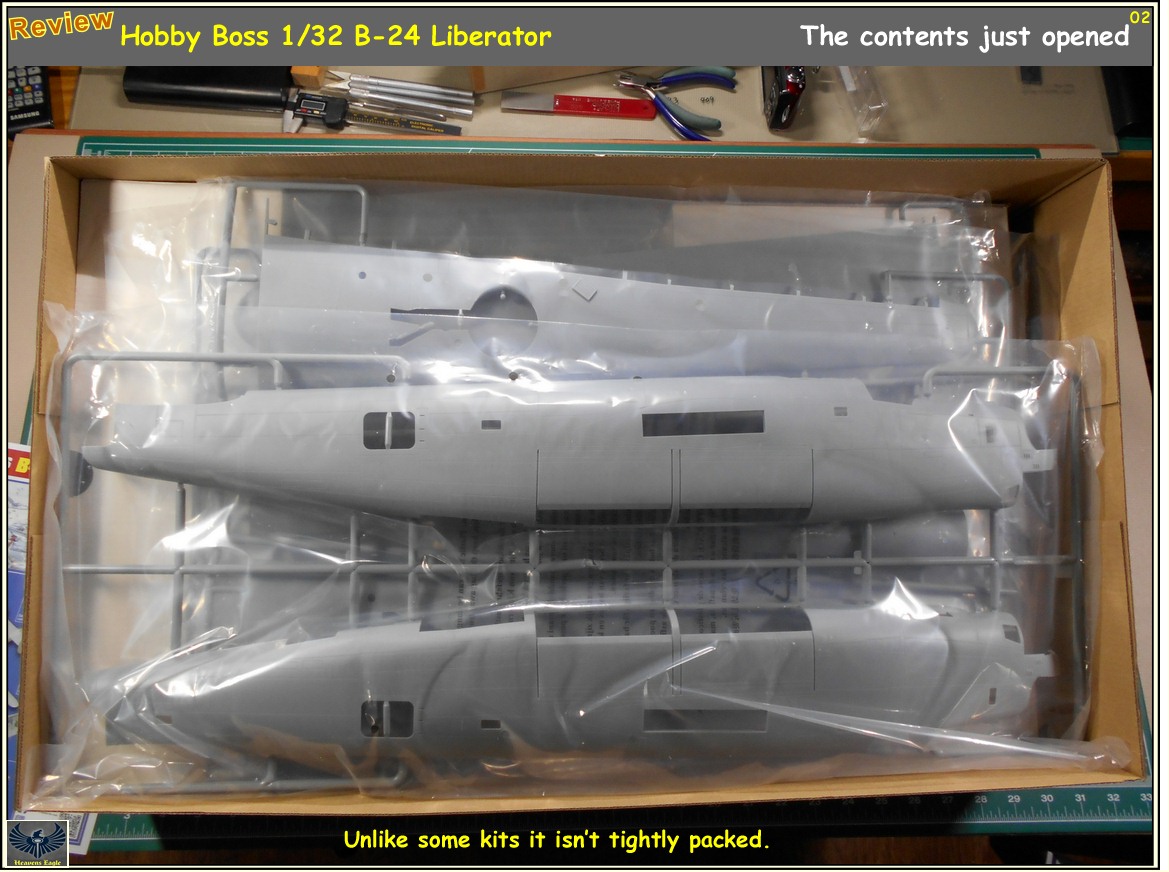
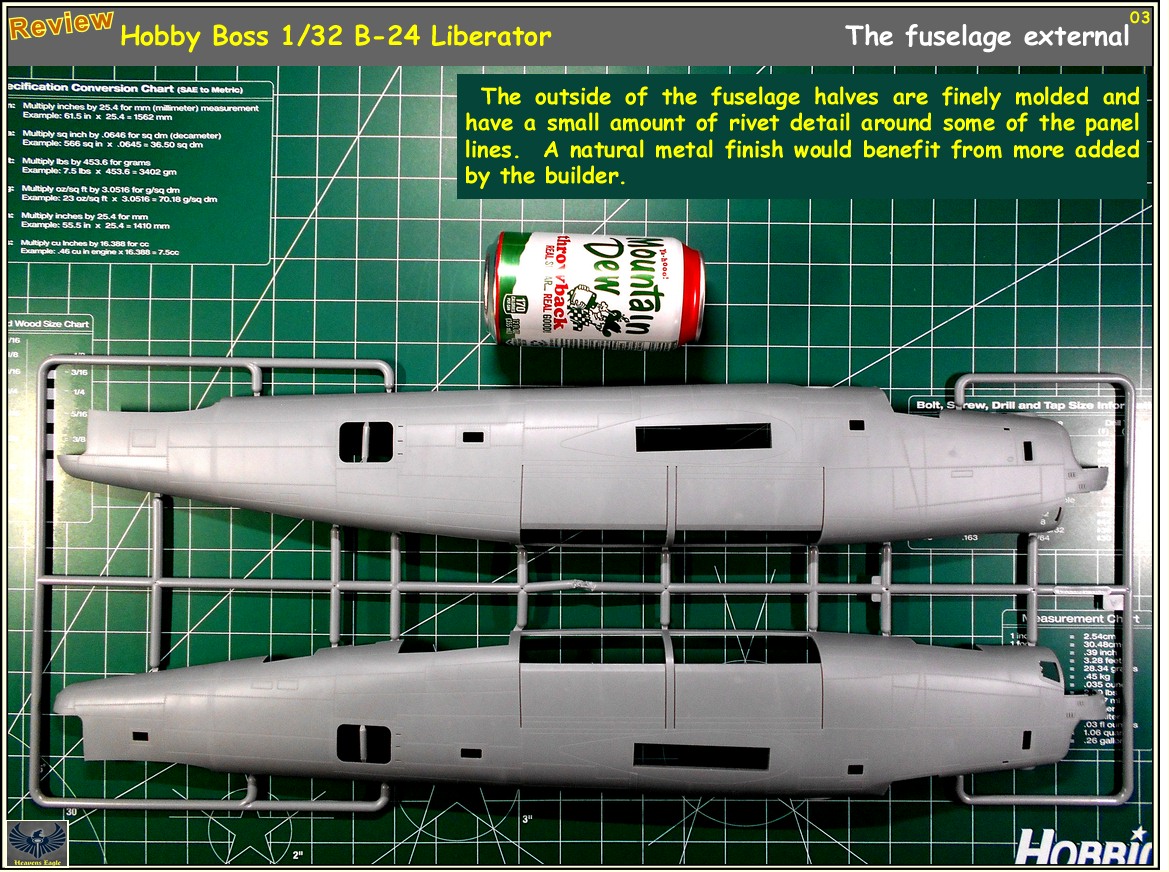
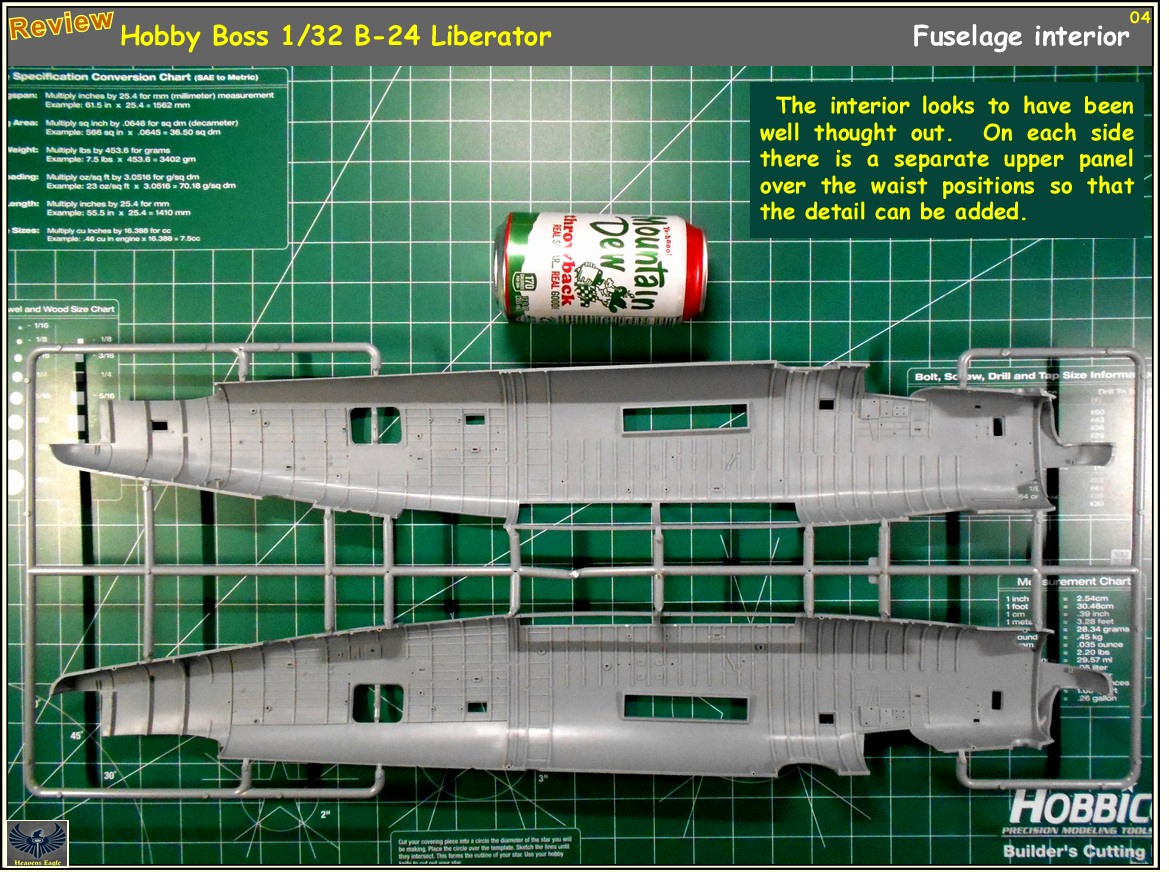
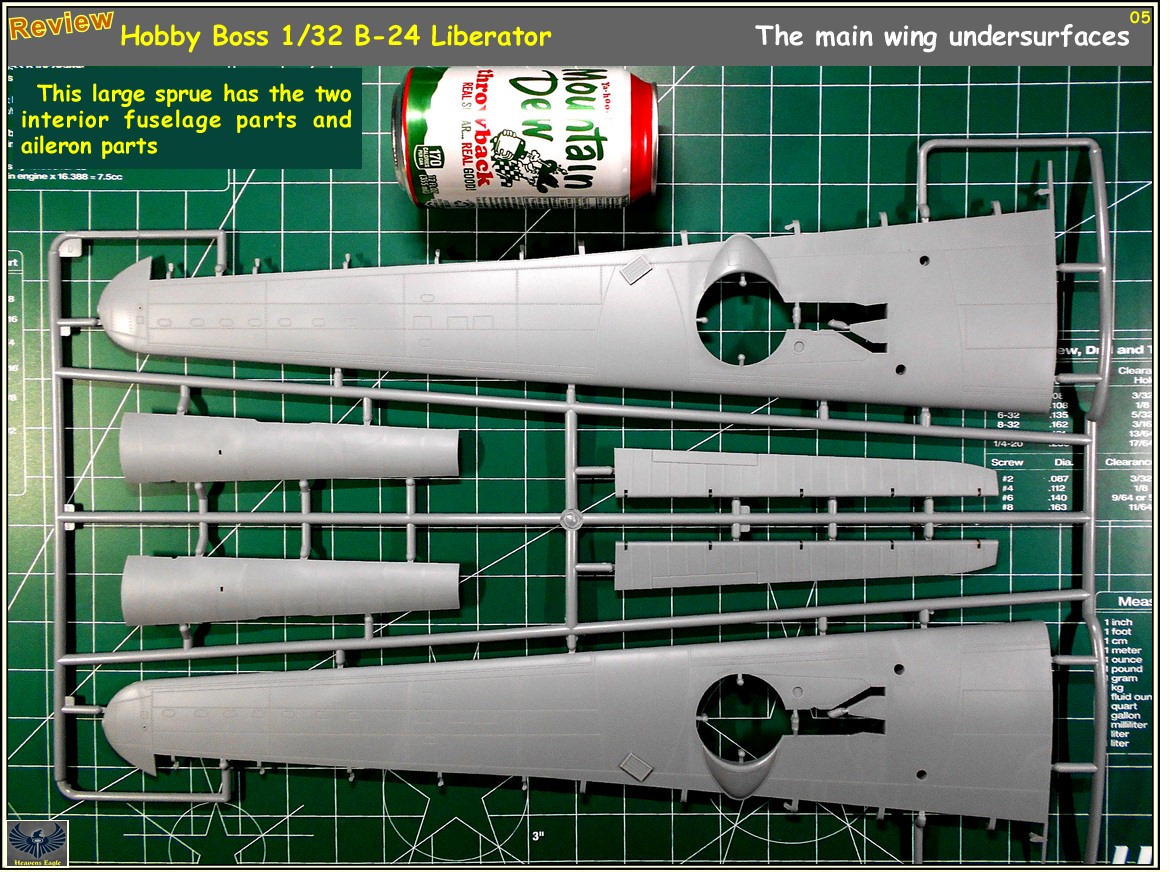
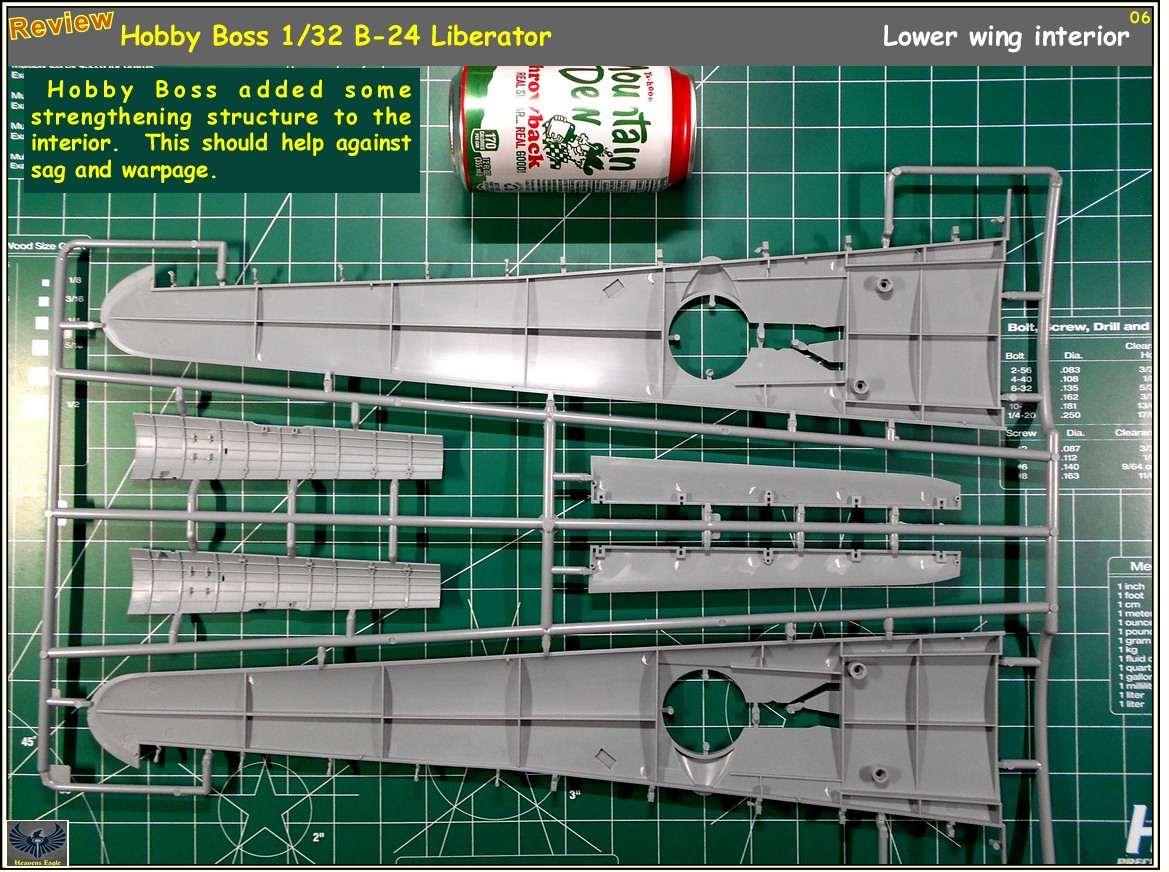
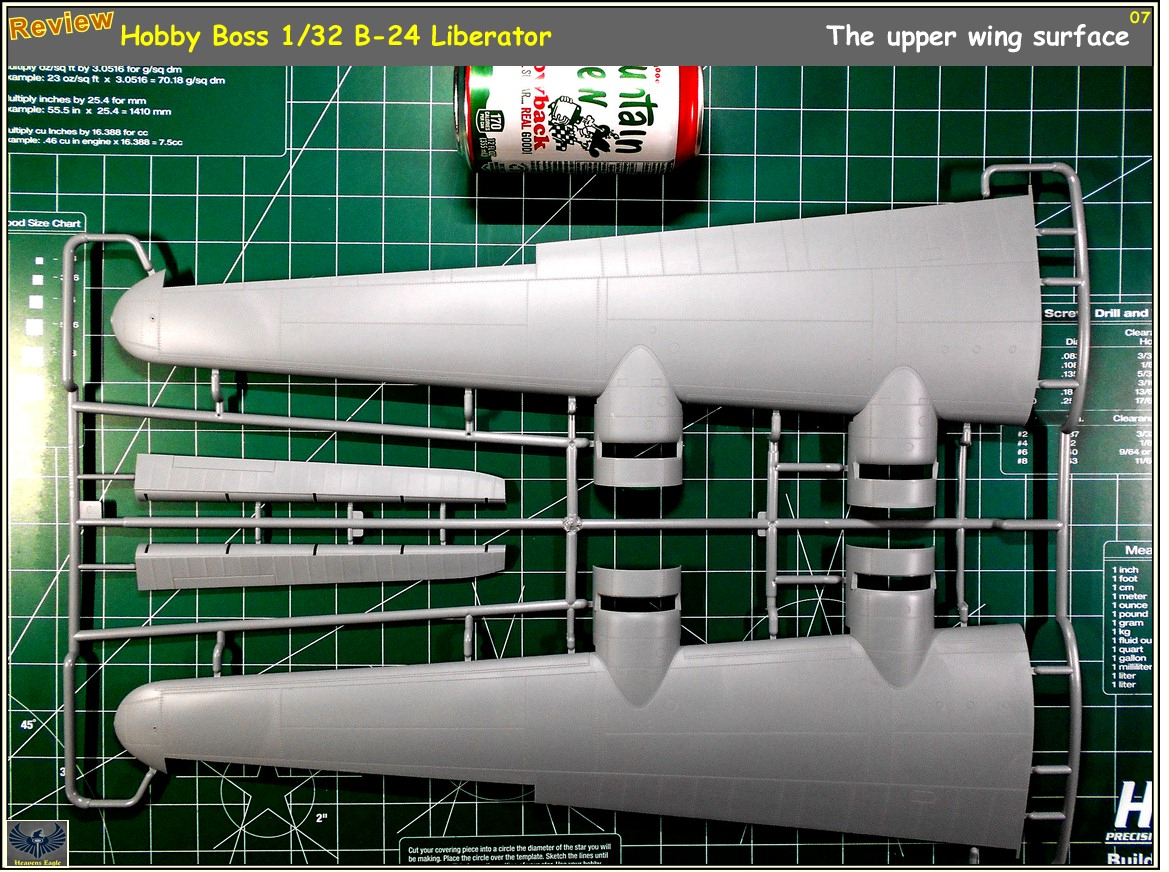
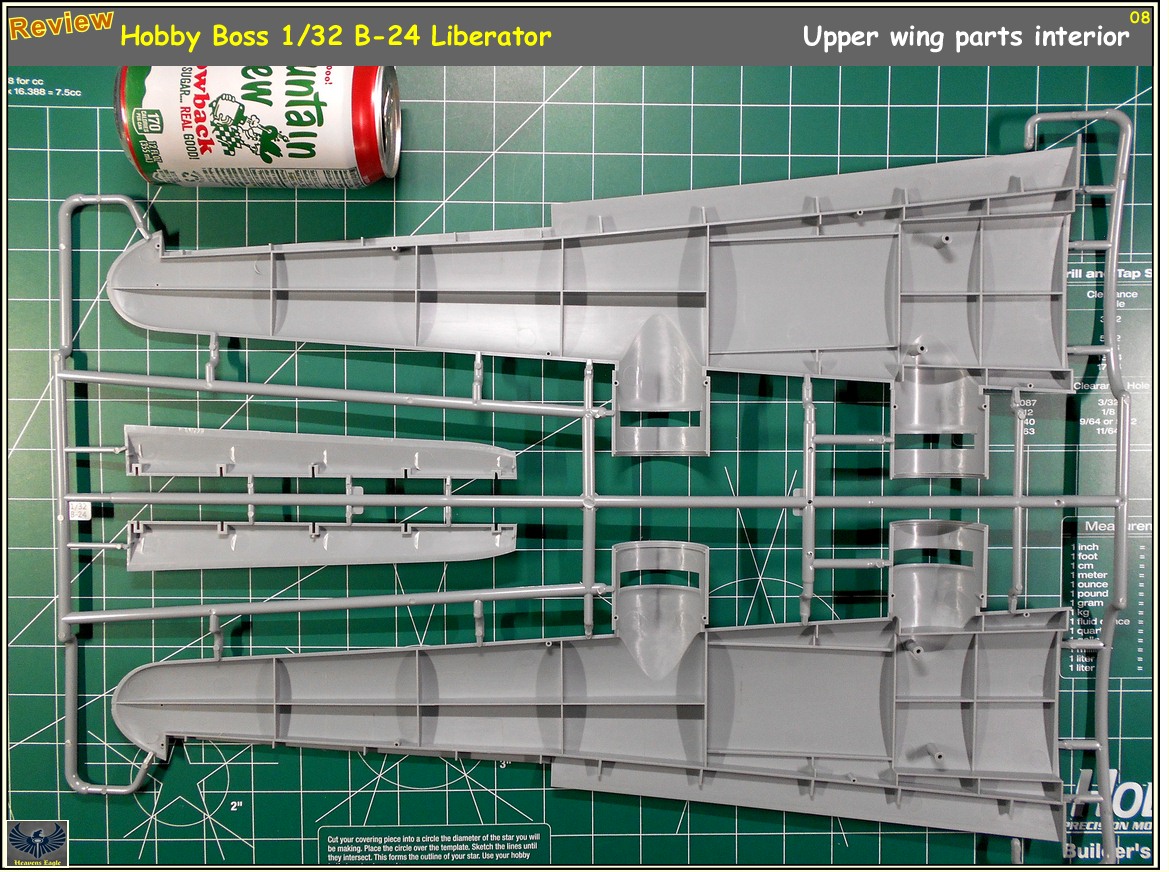
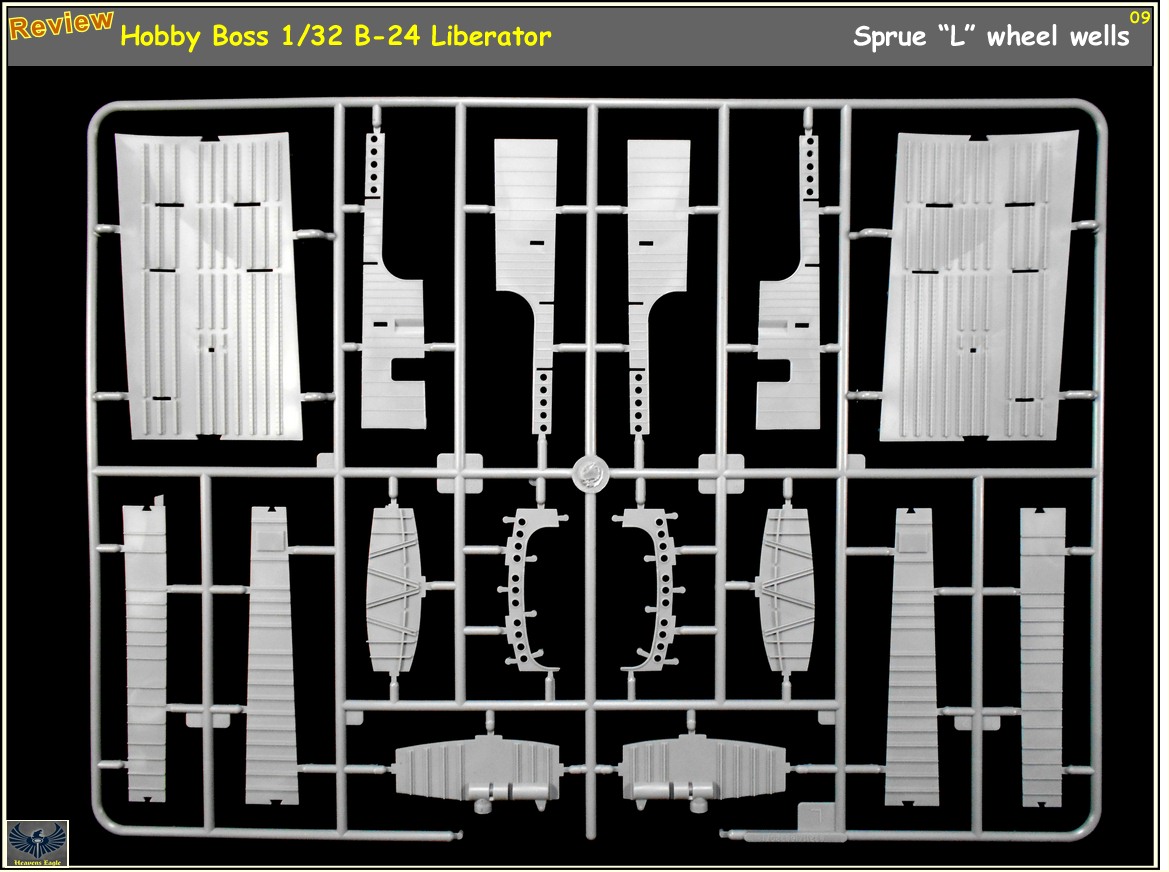
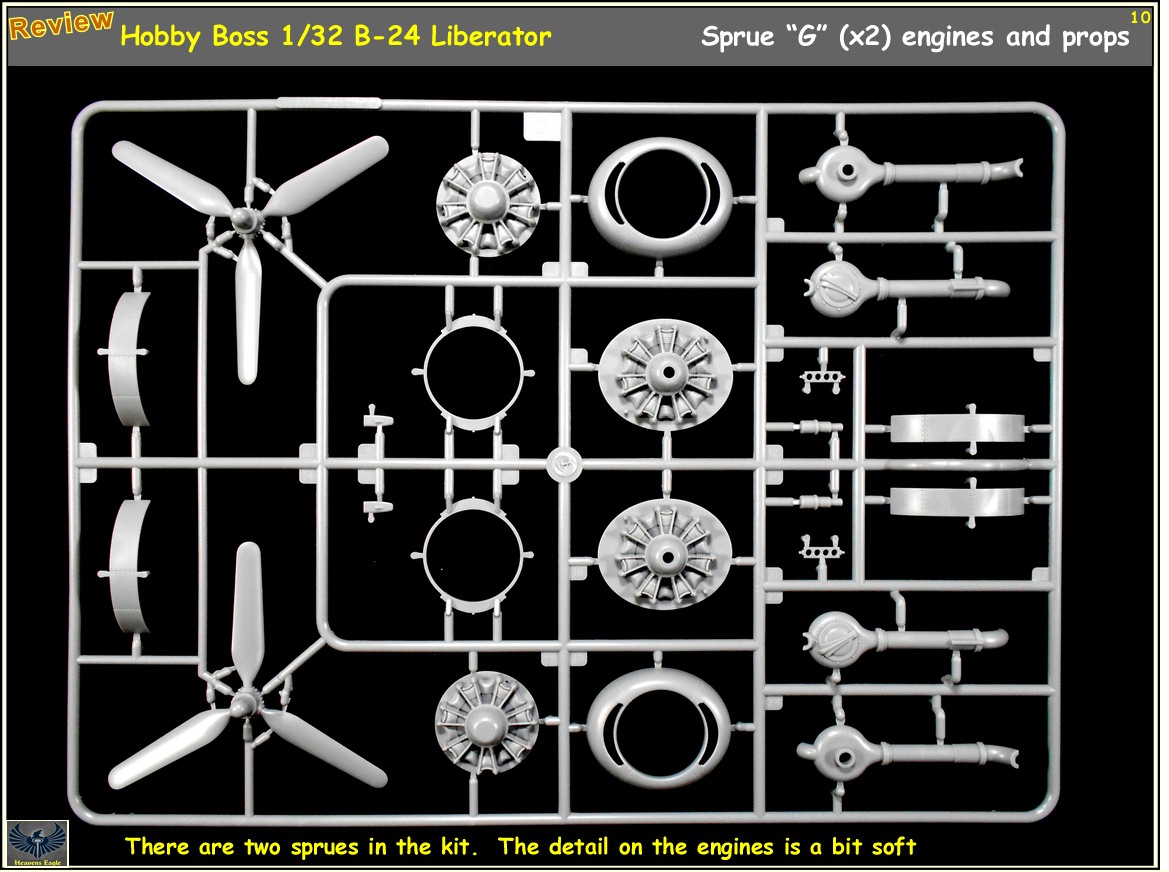
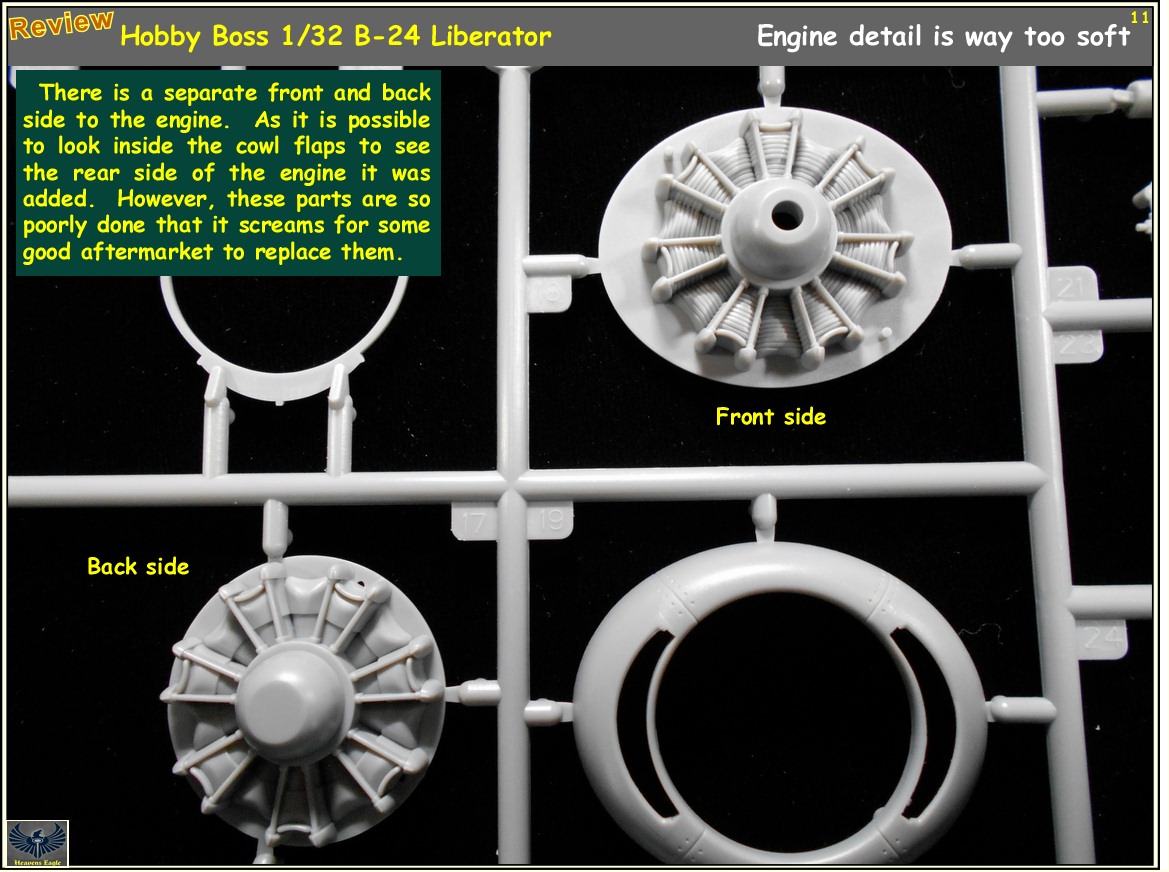
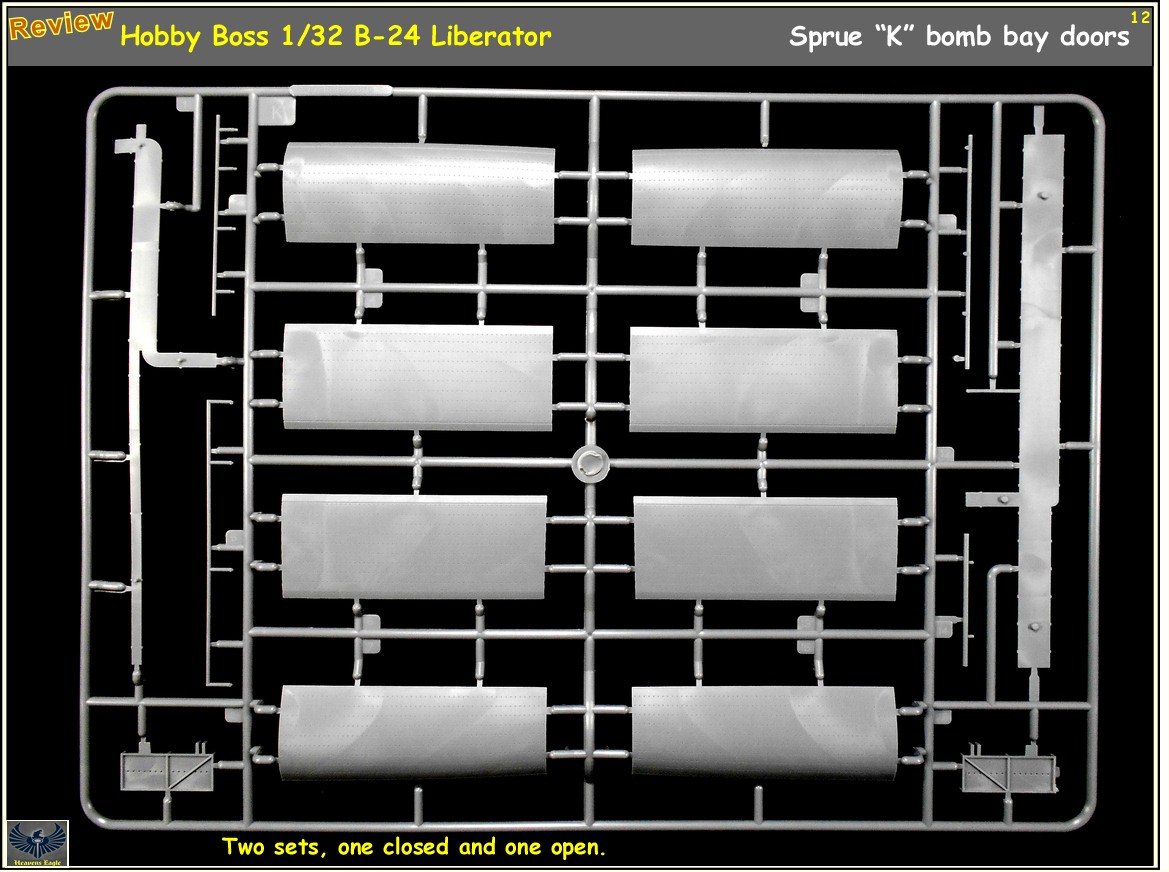
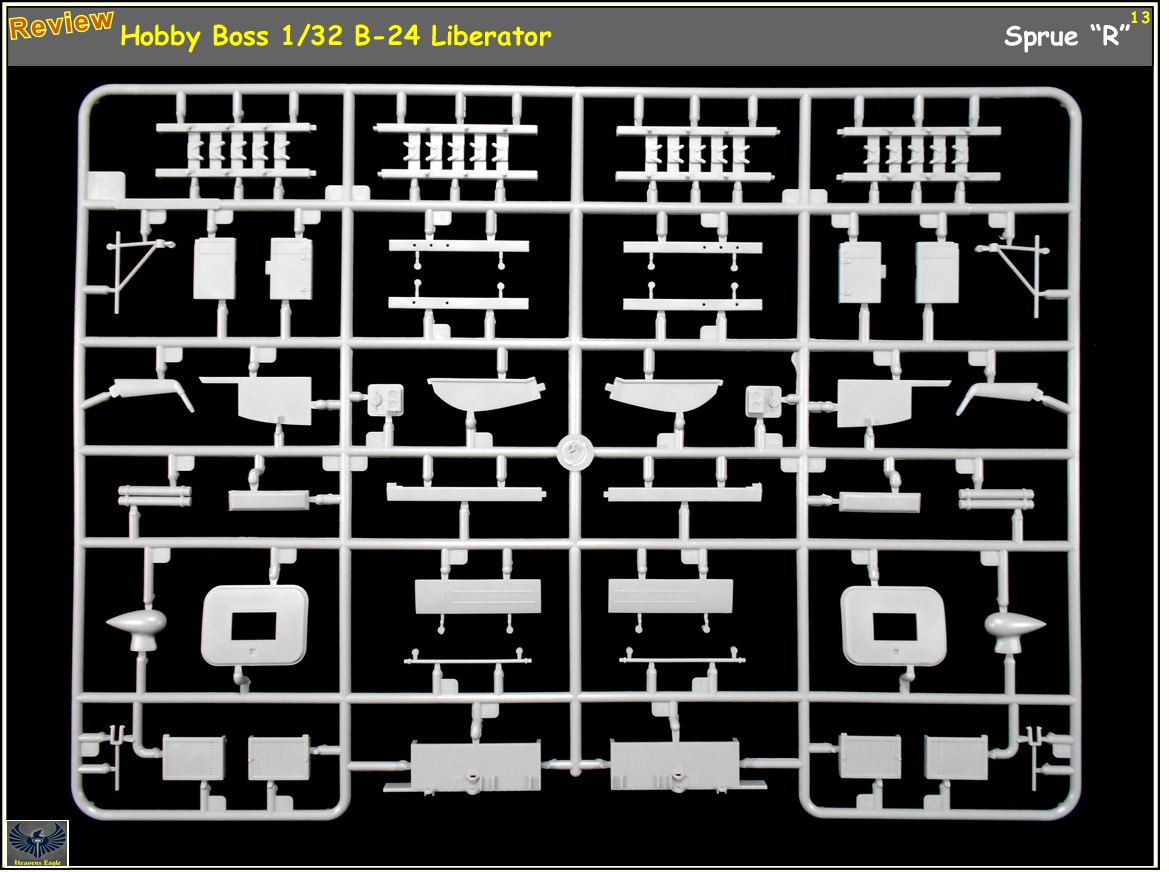
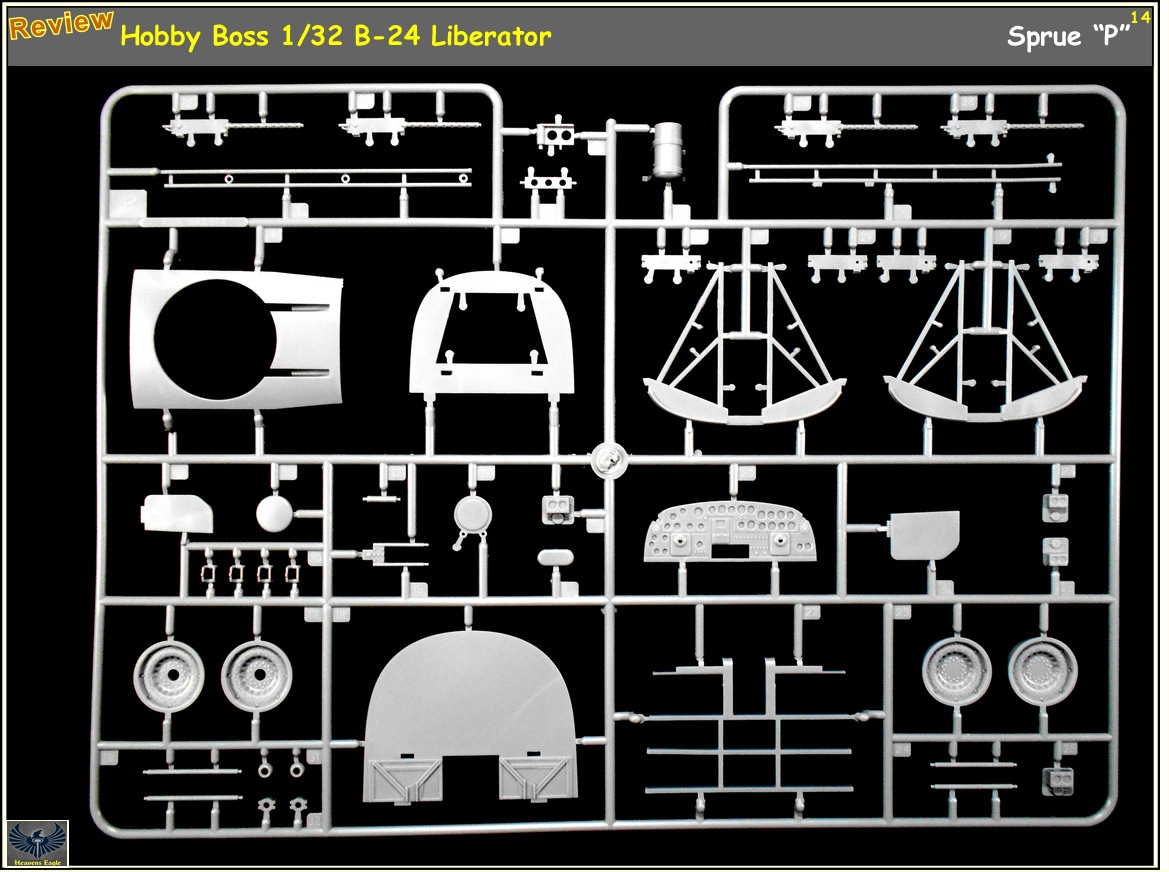
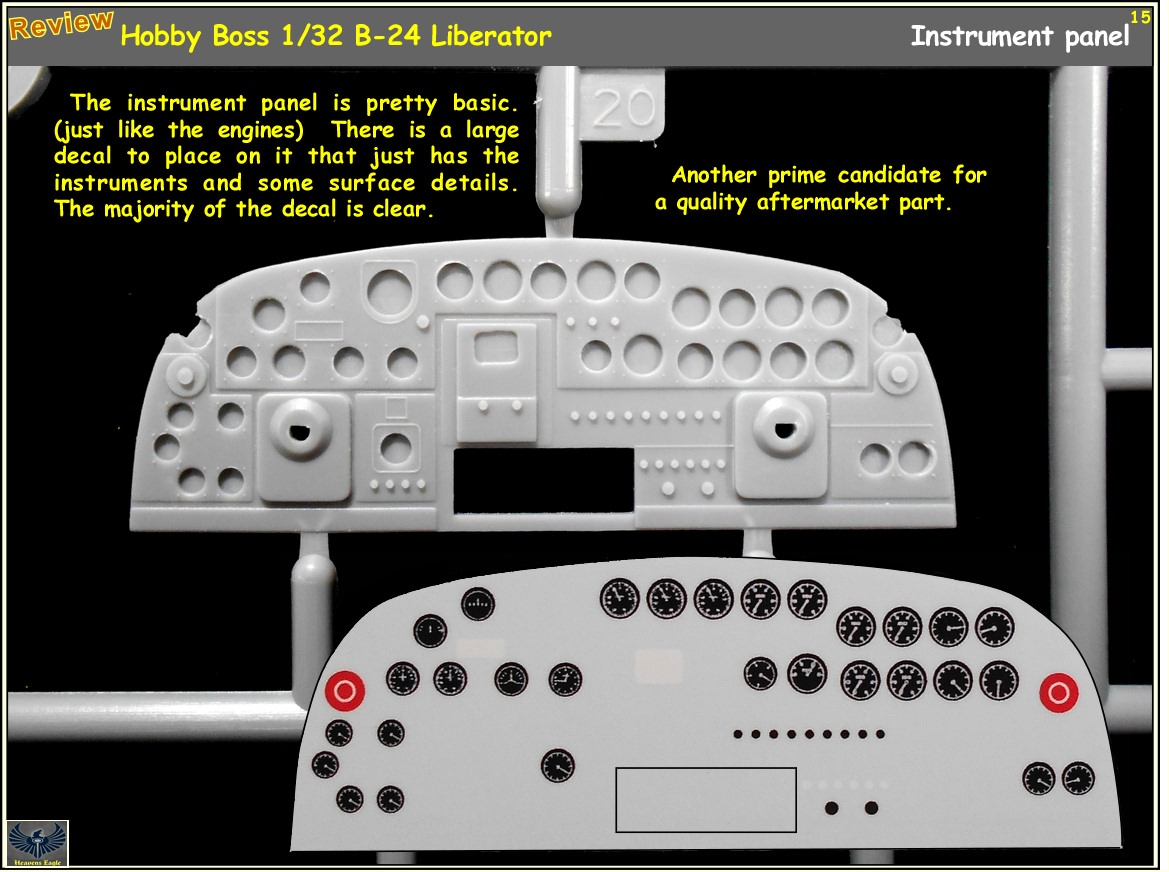
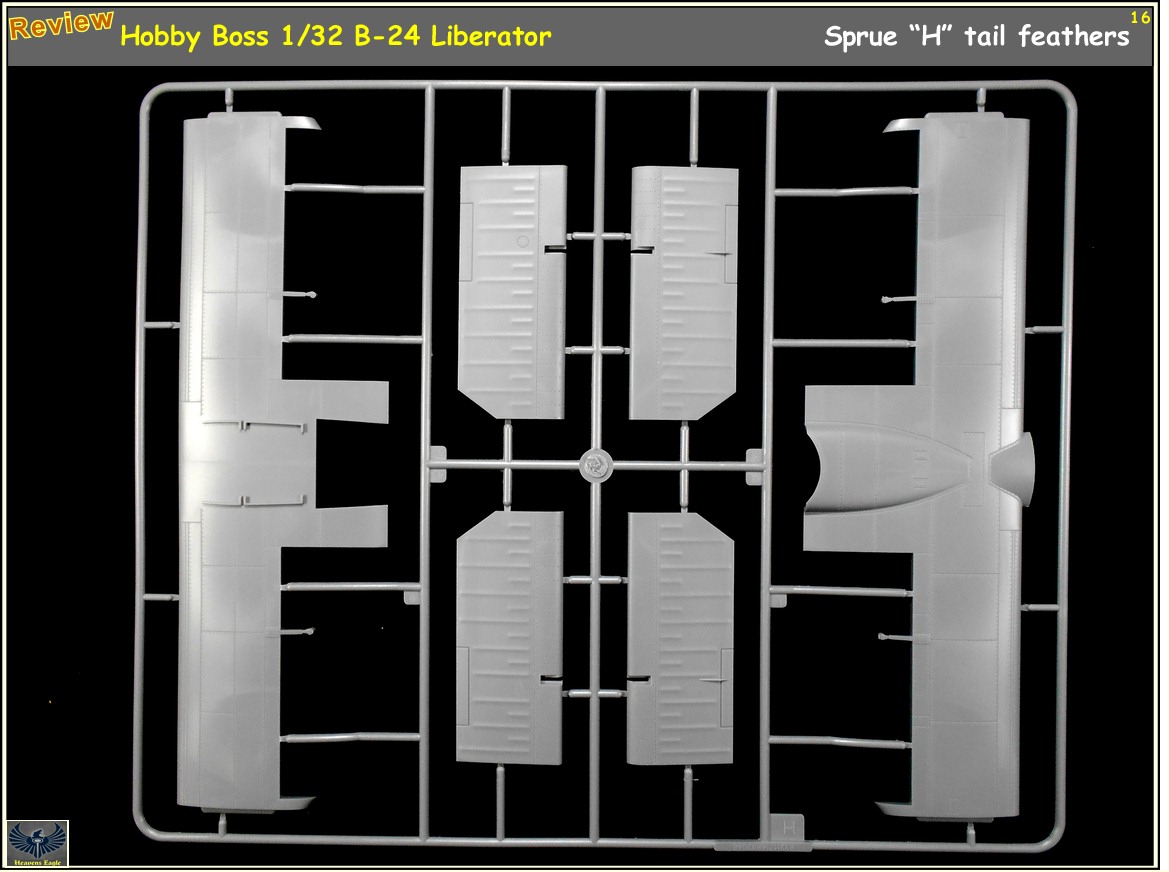
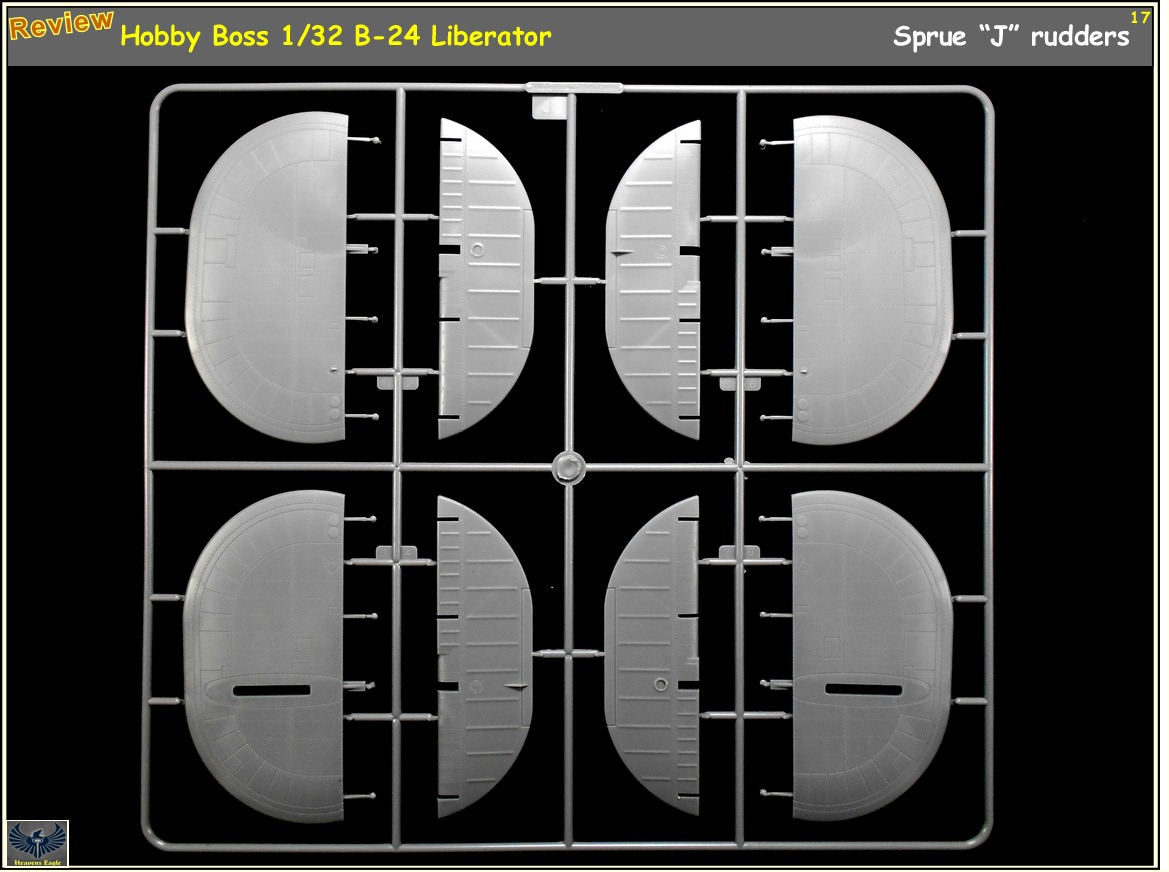
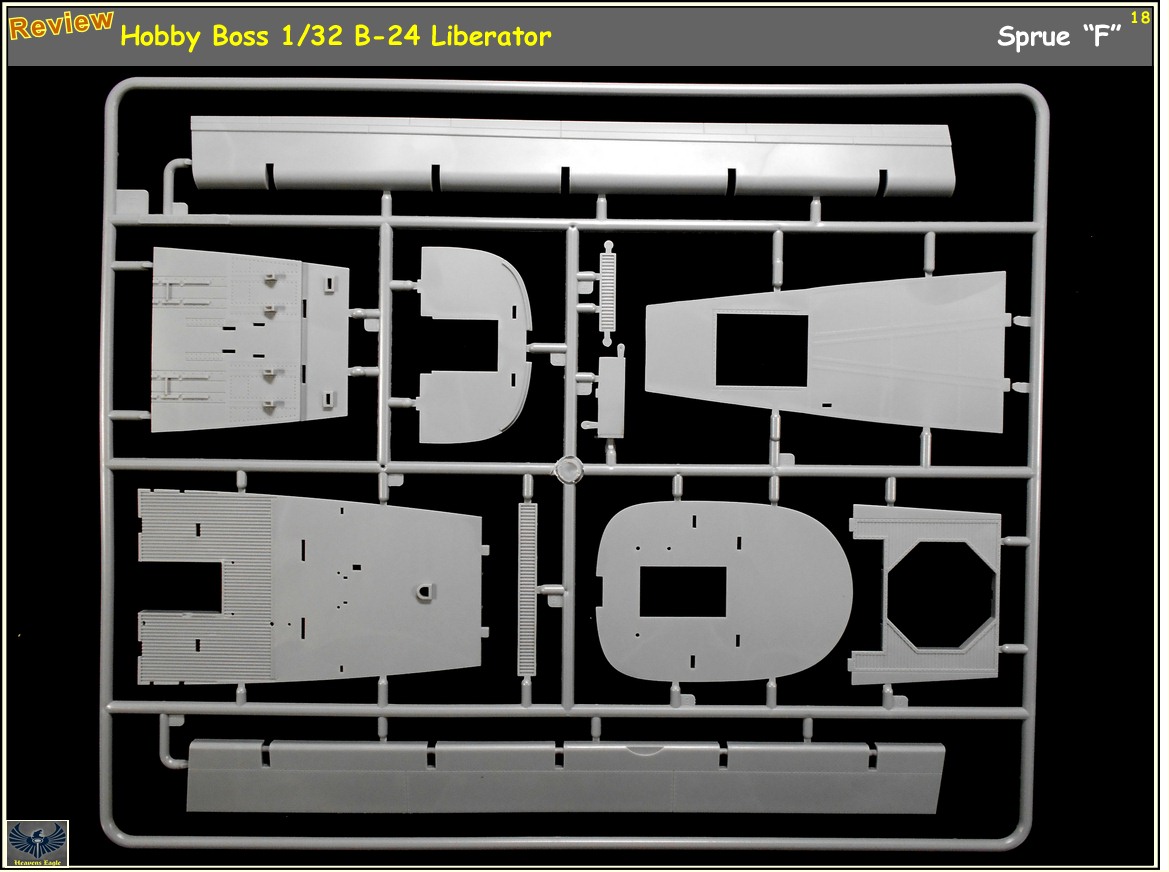
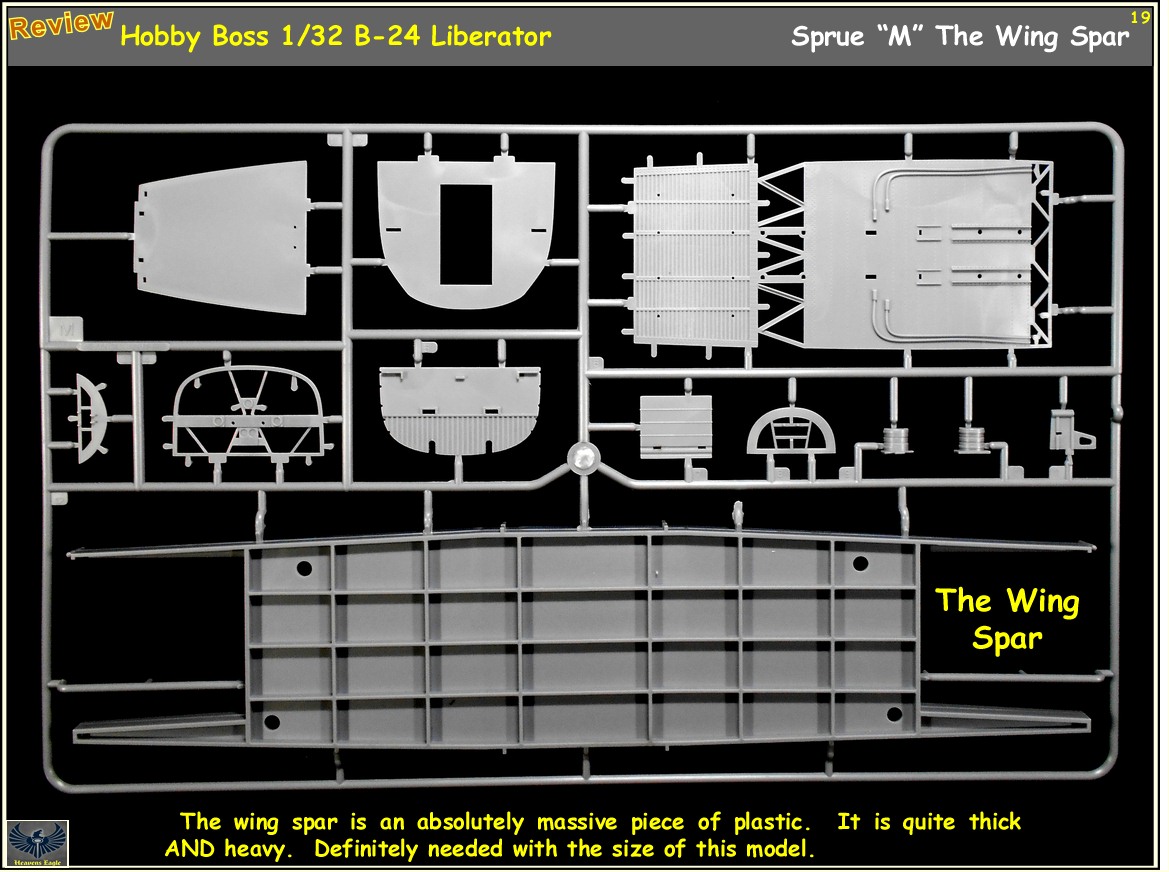
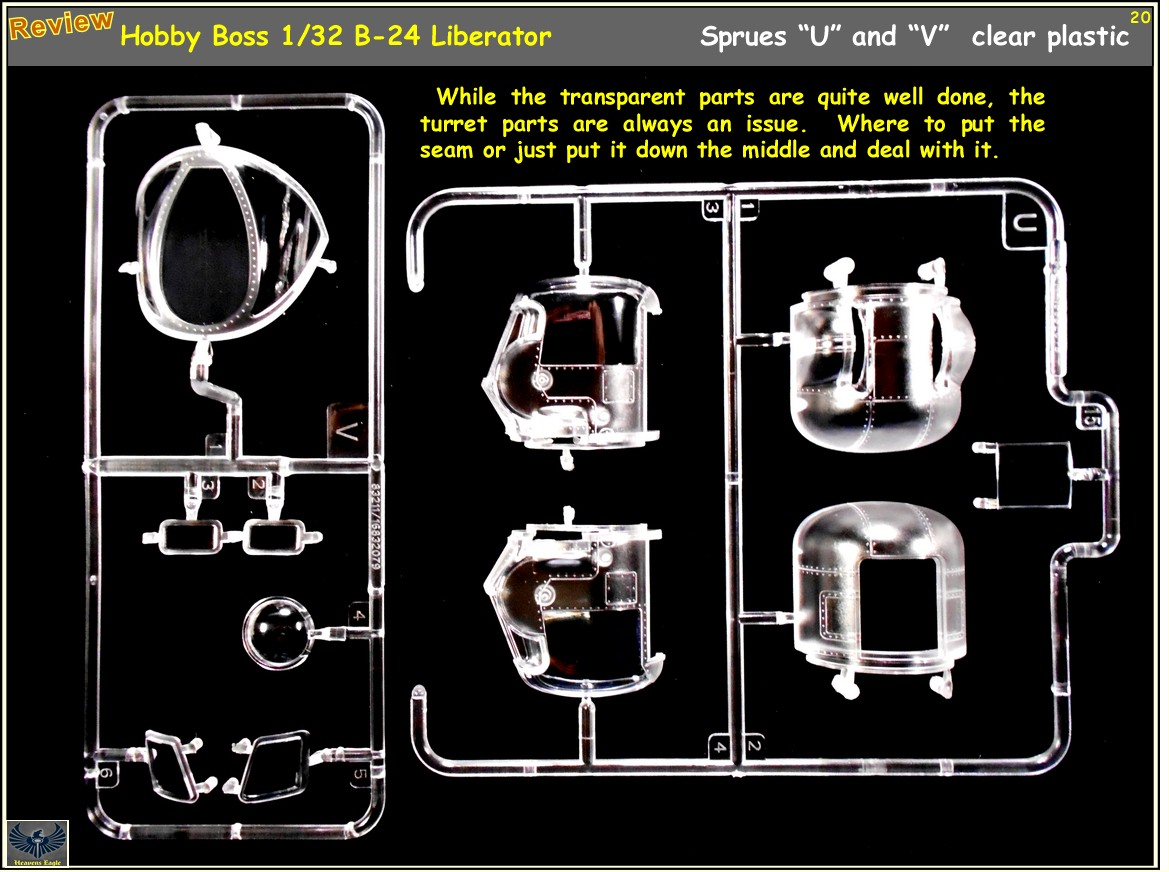
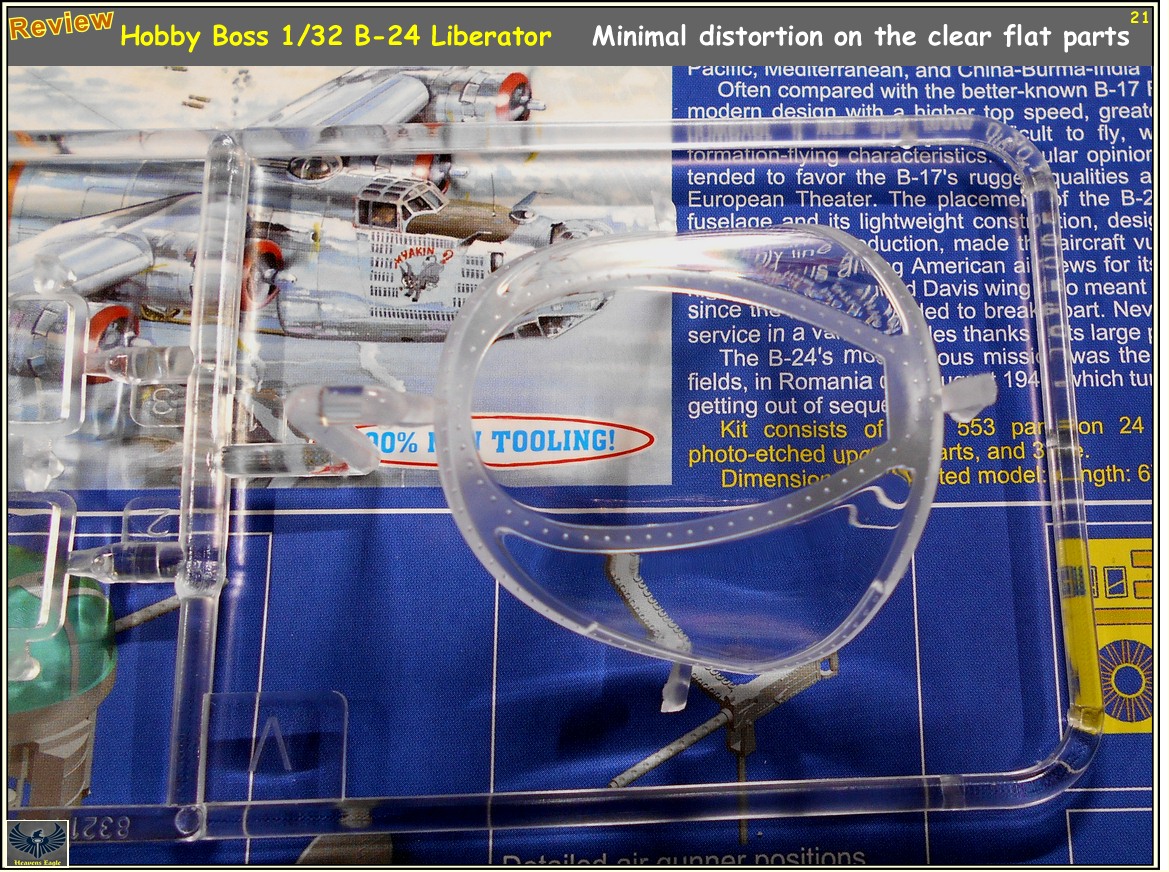
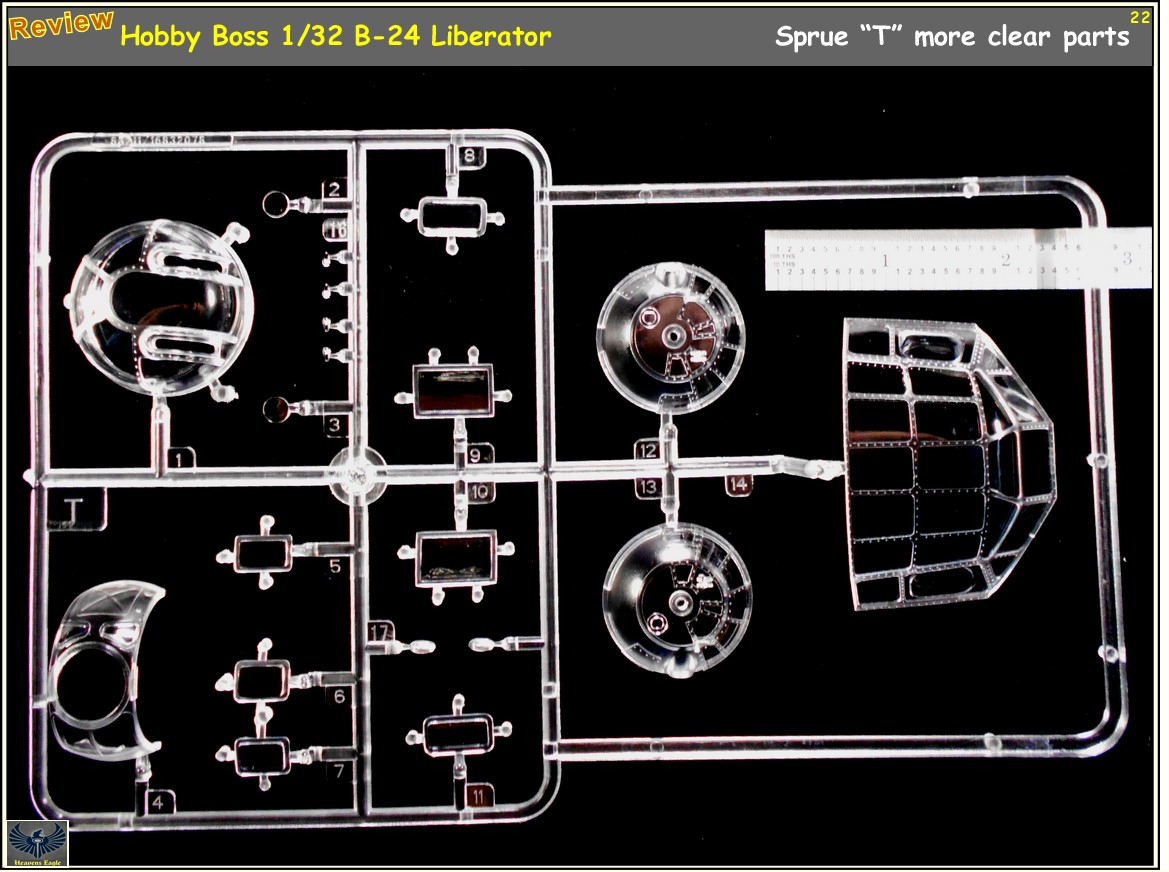
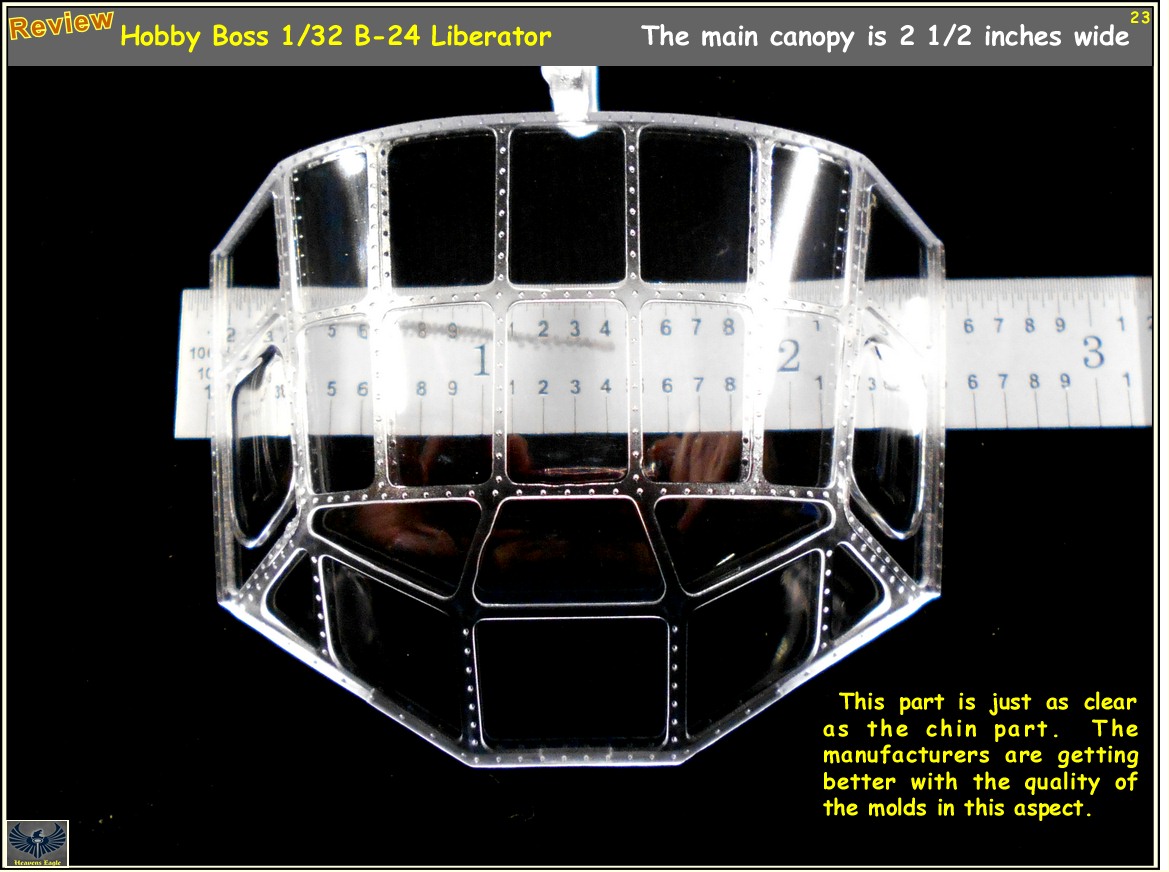
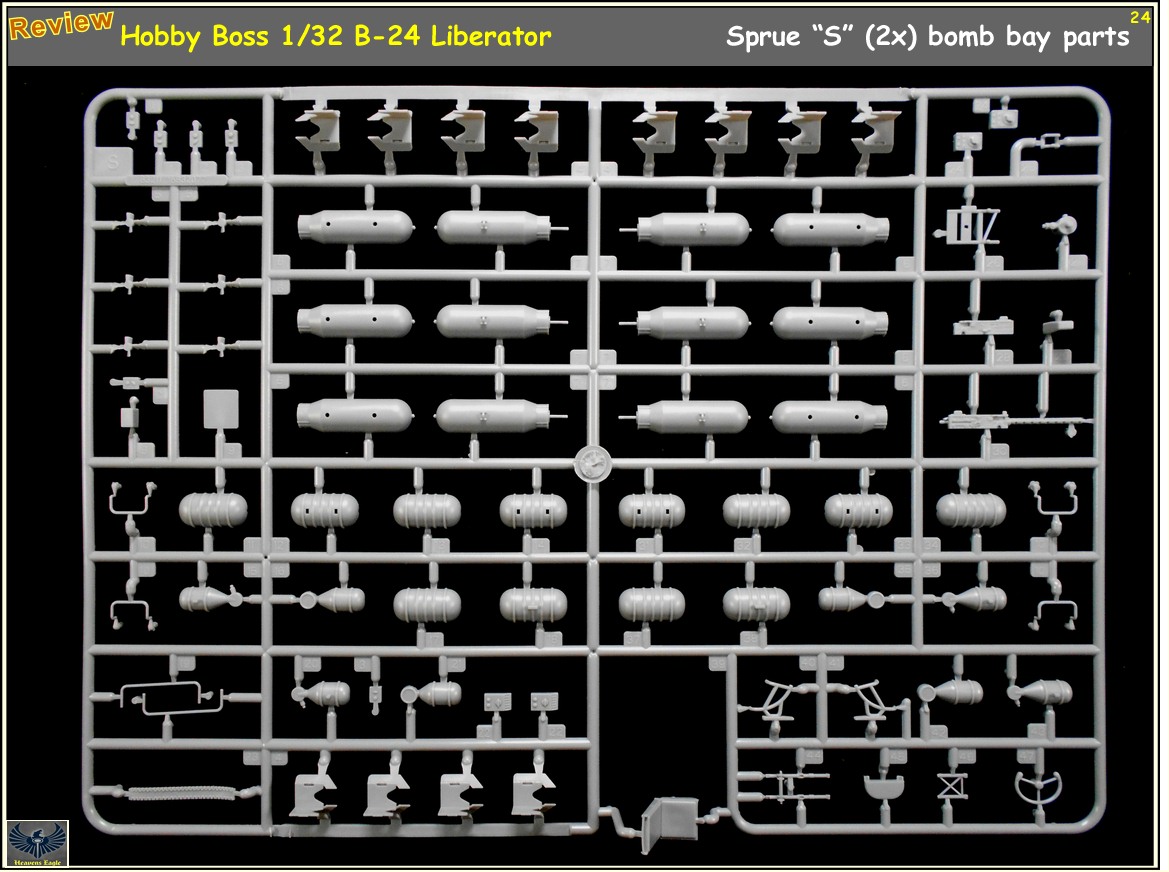
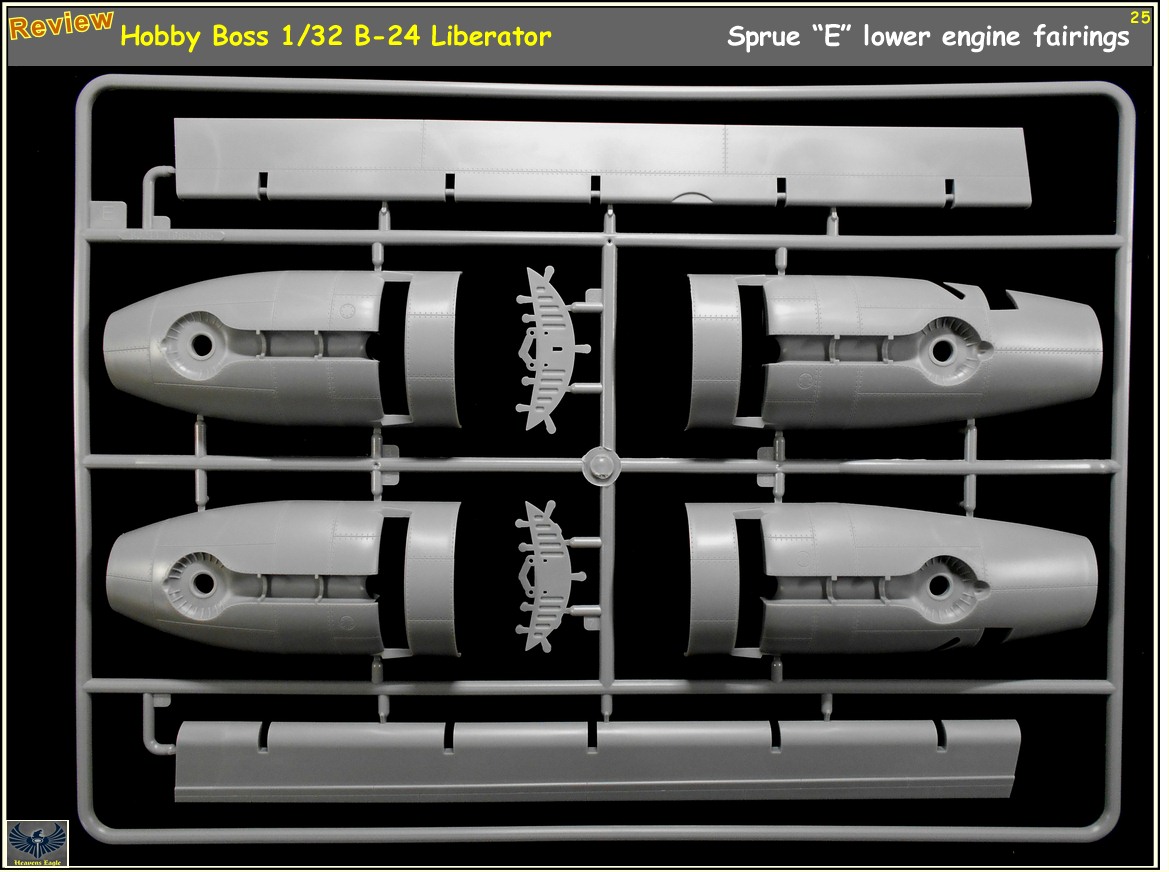
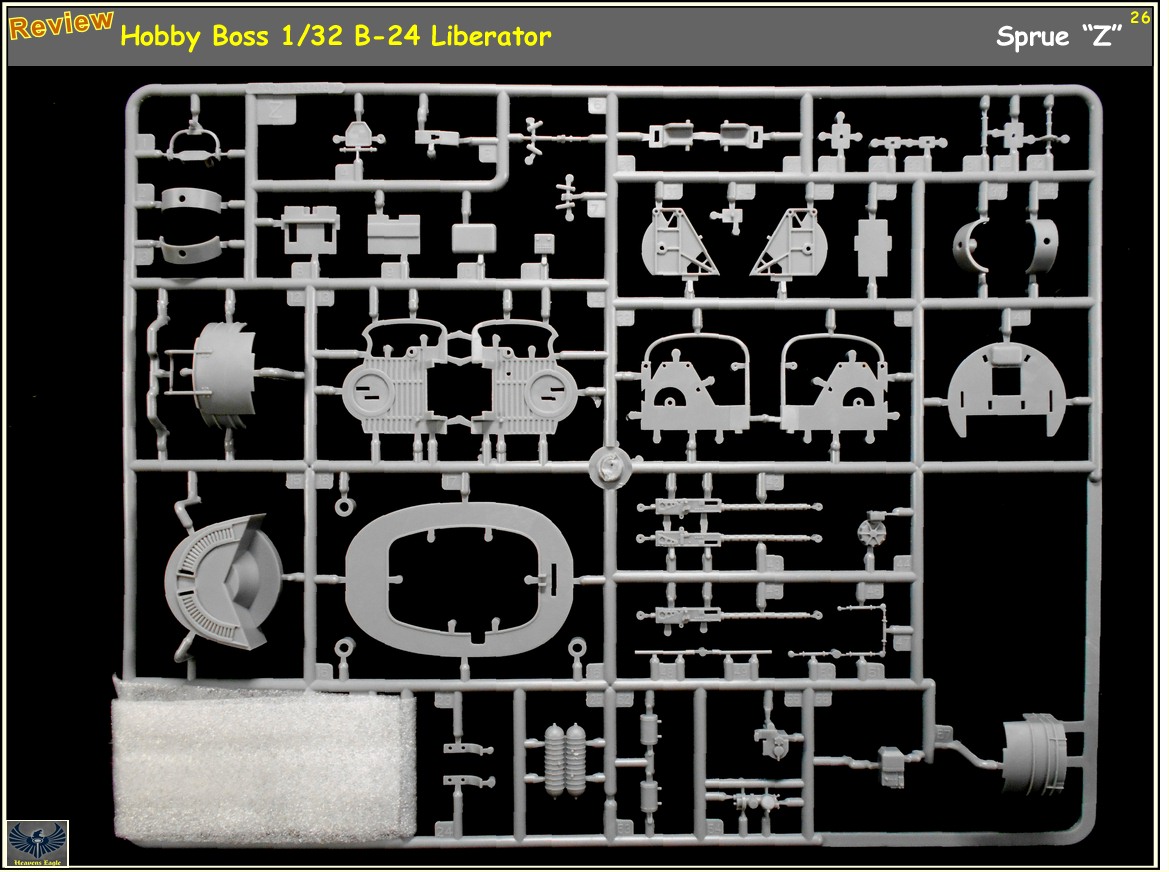
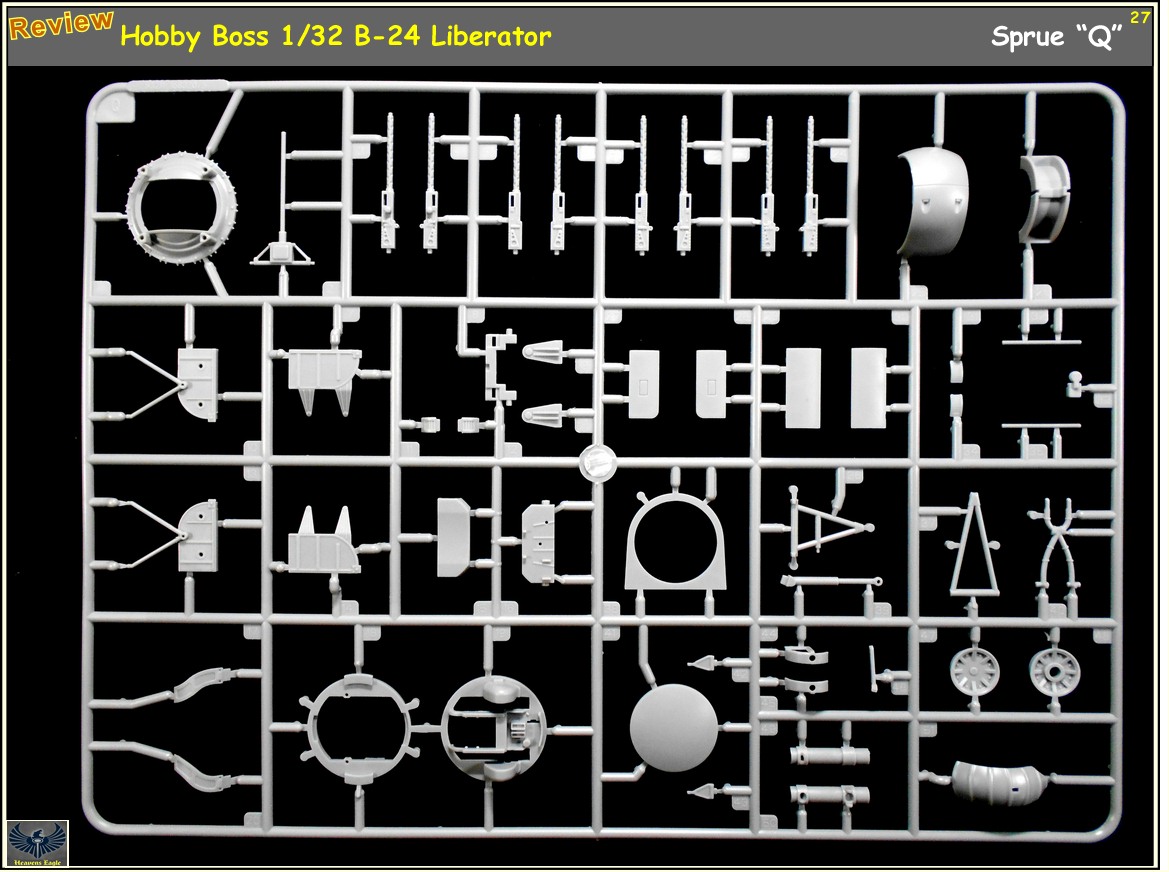
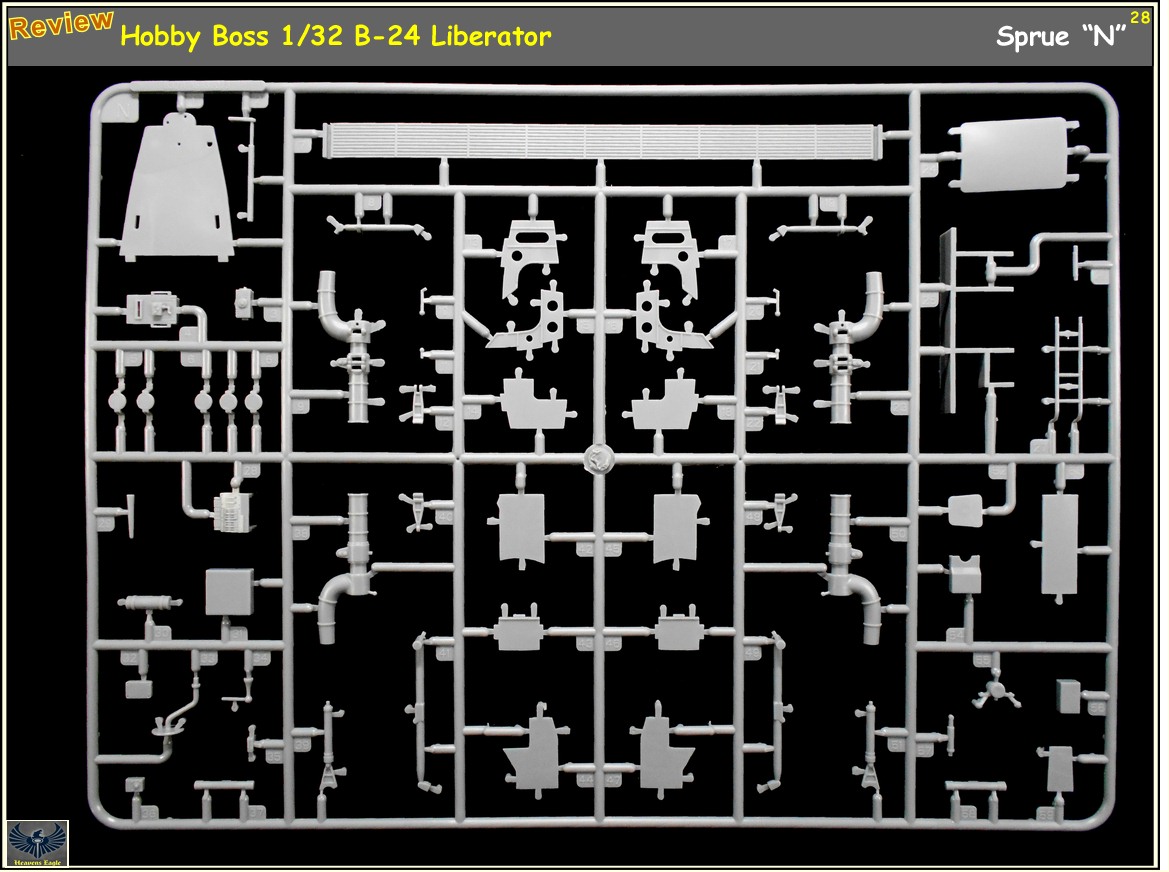
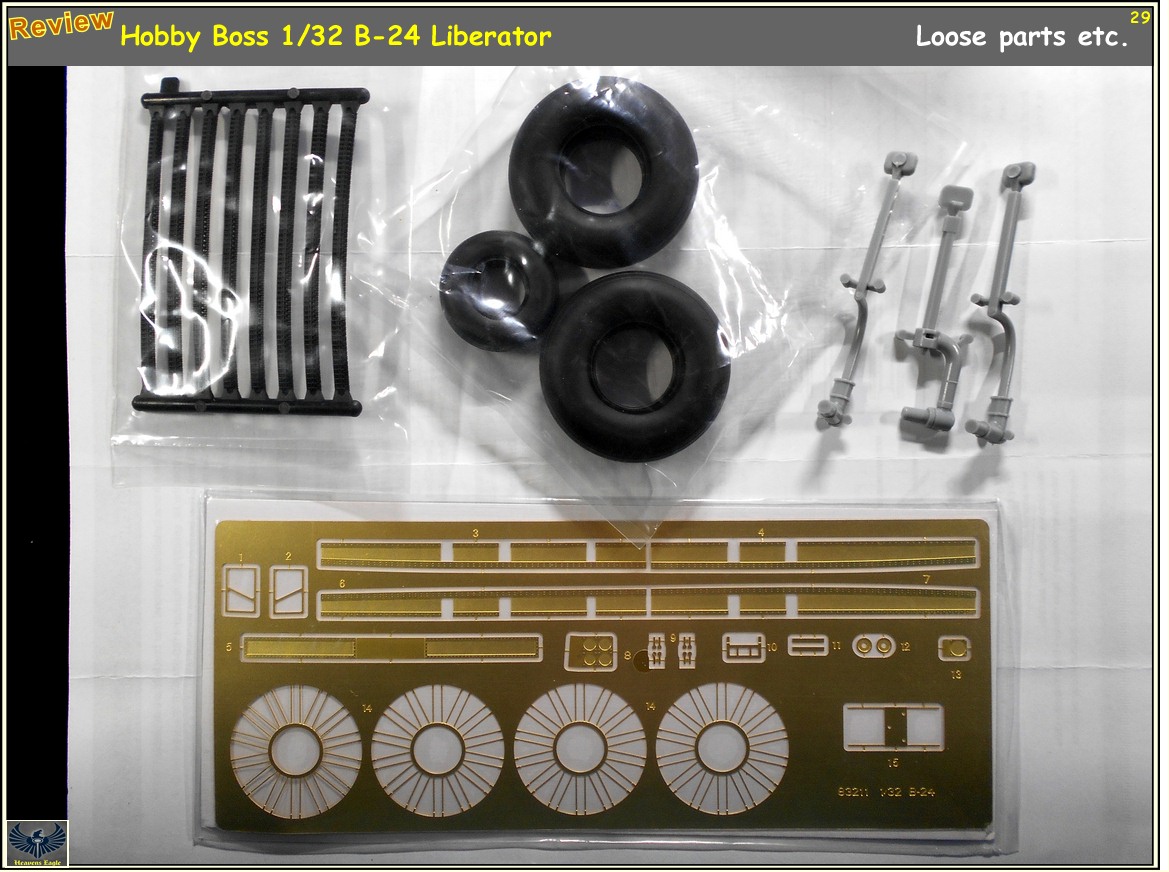
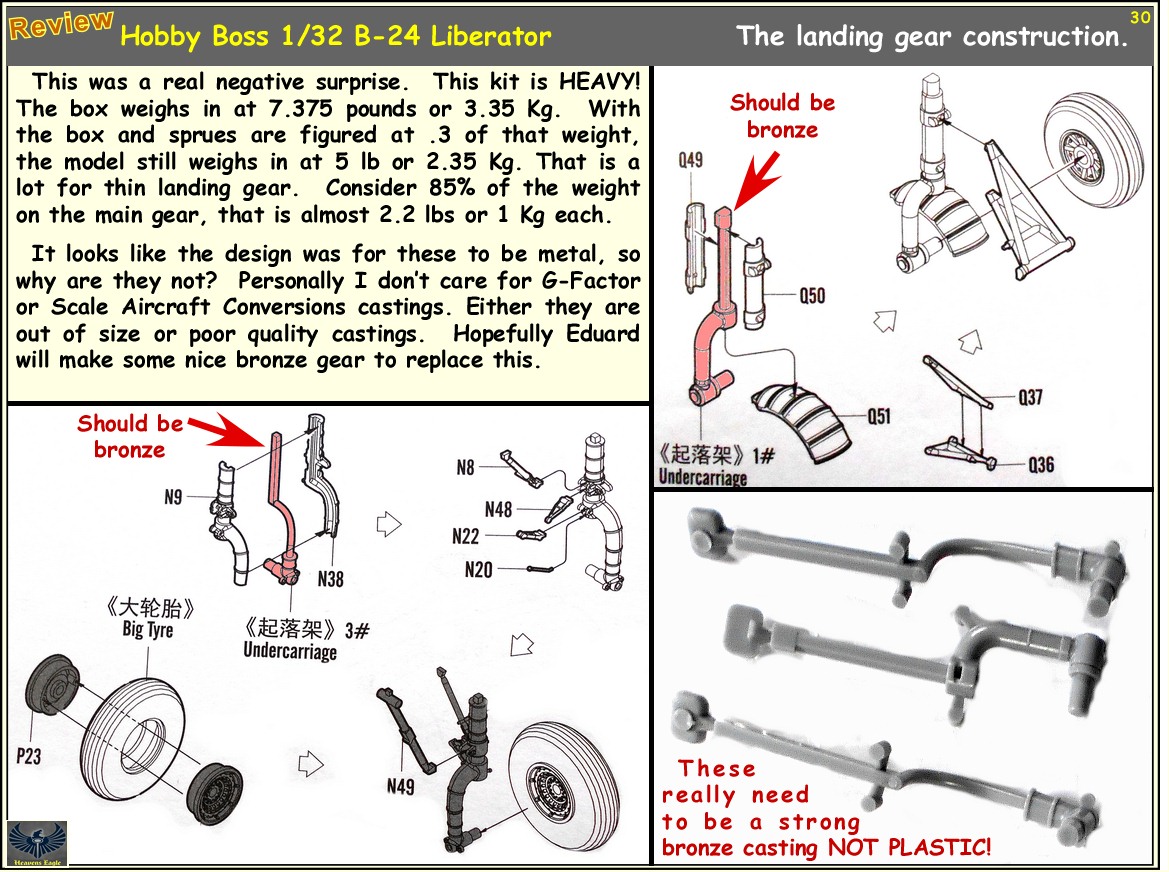
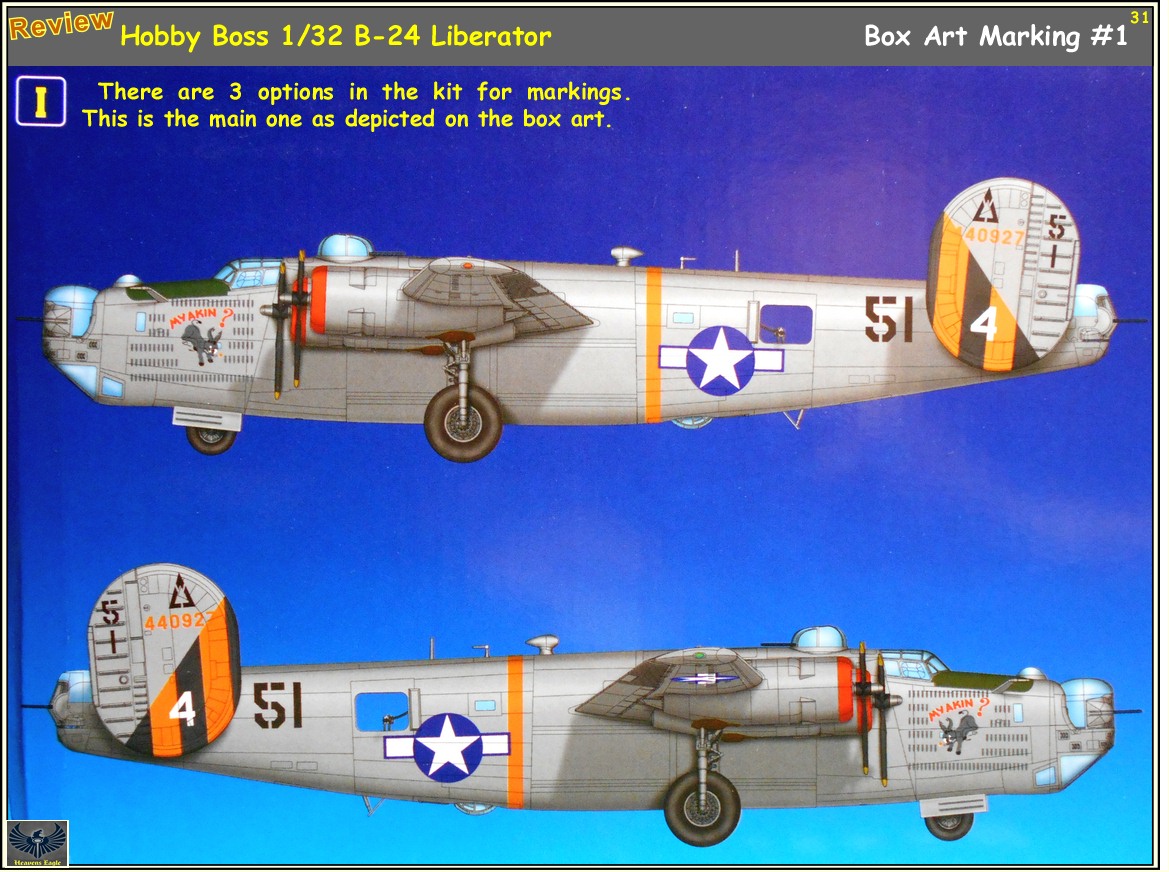
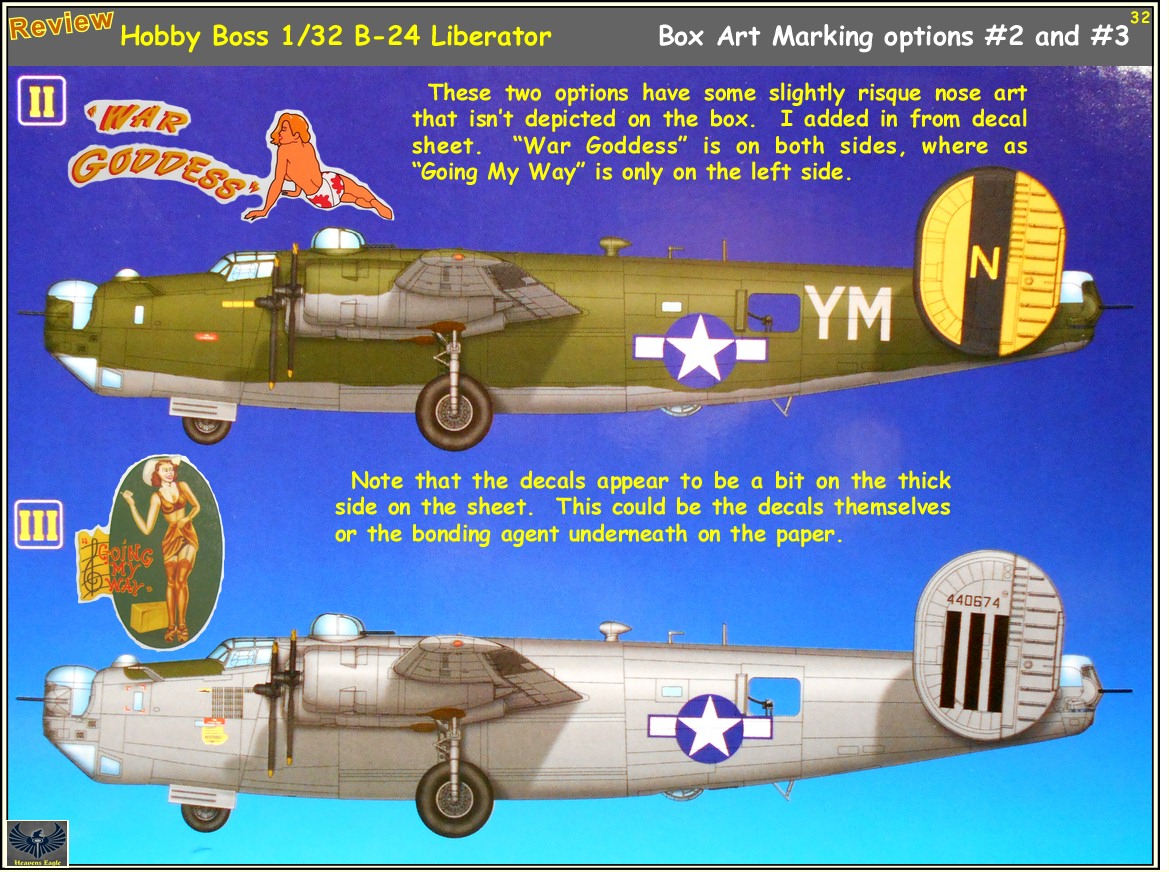
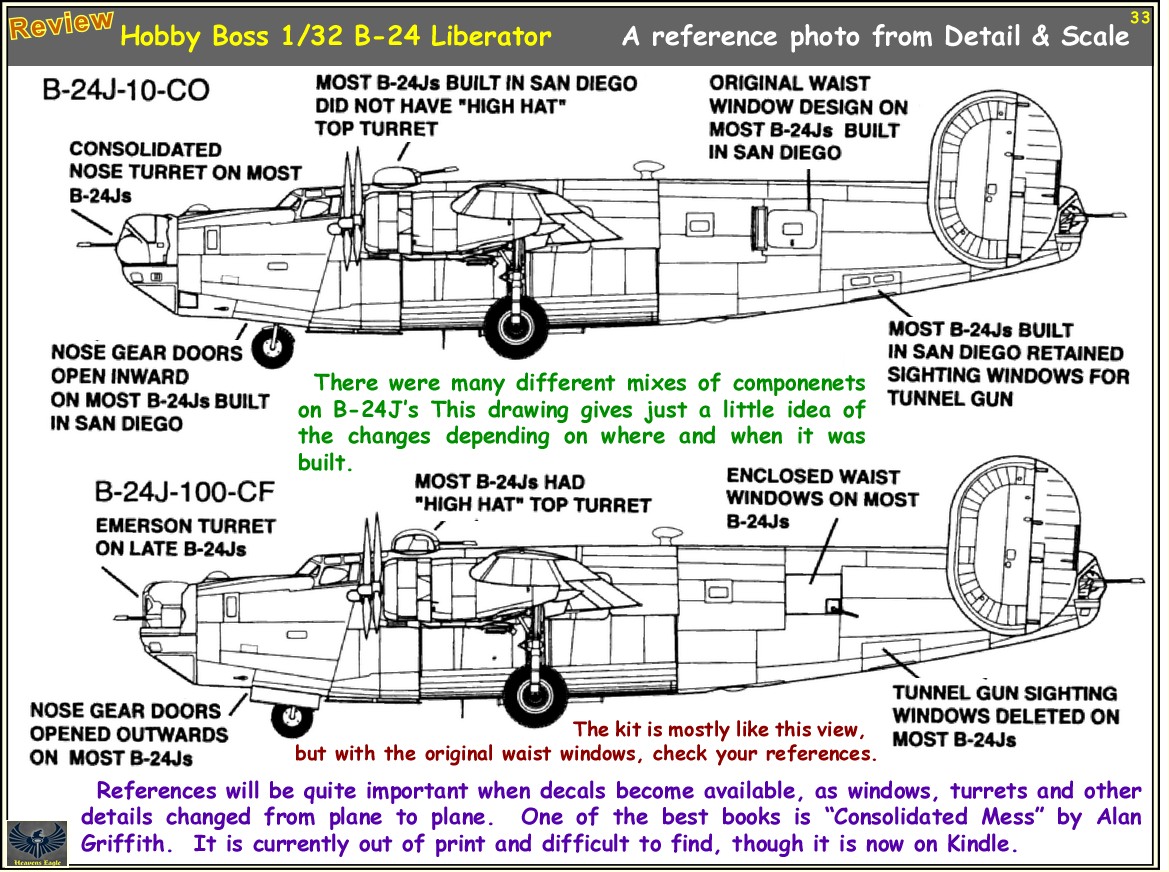
For myself I am going to wait until some of the aftermarket photo etch and resin parts appear for this kit. I am sure that Eduard will have a Big Ed set eventually. In addition there are many other marking and nose art options that I would find much more interesting than the few in the kit. The decal sheet has me a little leary due to how thick they seem to be. I am also not a fan of vinyl tires and the landing gear really need to be beefed up quite a bit. In addition there isn't anything in the instruction sheet about adding nose weight. With all the plastic in the tail feathers it will be a tail sitter for sure without something to counter balance that.
It would also be nice if there was an alternate Consolidated nose turret available as not all the J models had the Emerson Turret. The alternate low dome top turret would be another item that could be included in an upgrade kit.
For myself I would love to be able to obtain or borrow a copy of the "Consolidated Mess" book. I am not a big fan of Kindle but would be grateful for an opportunity of peruse a copy.


